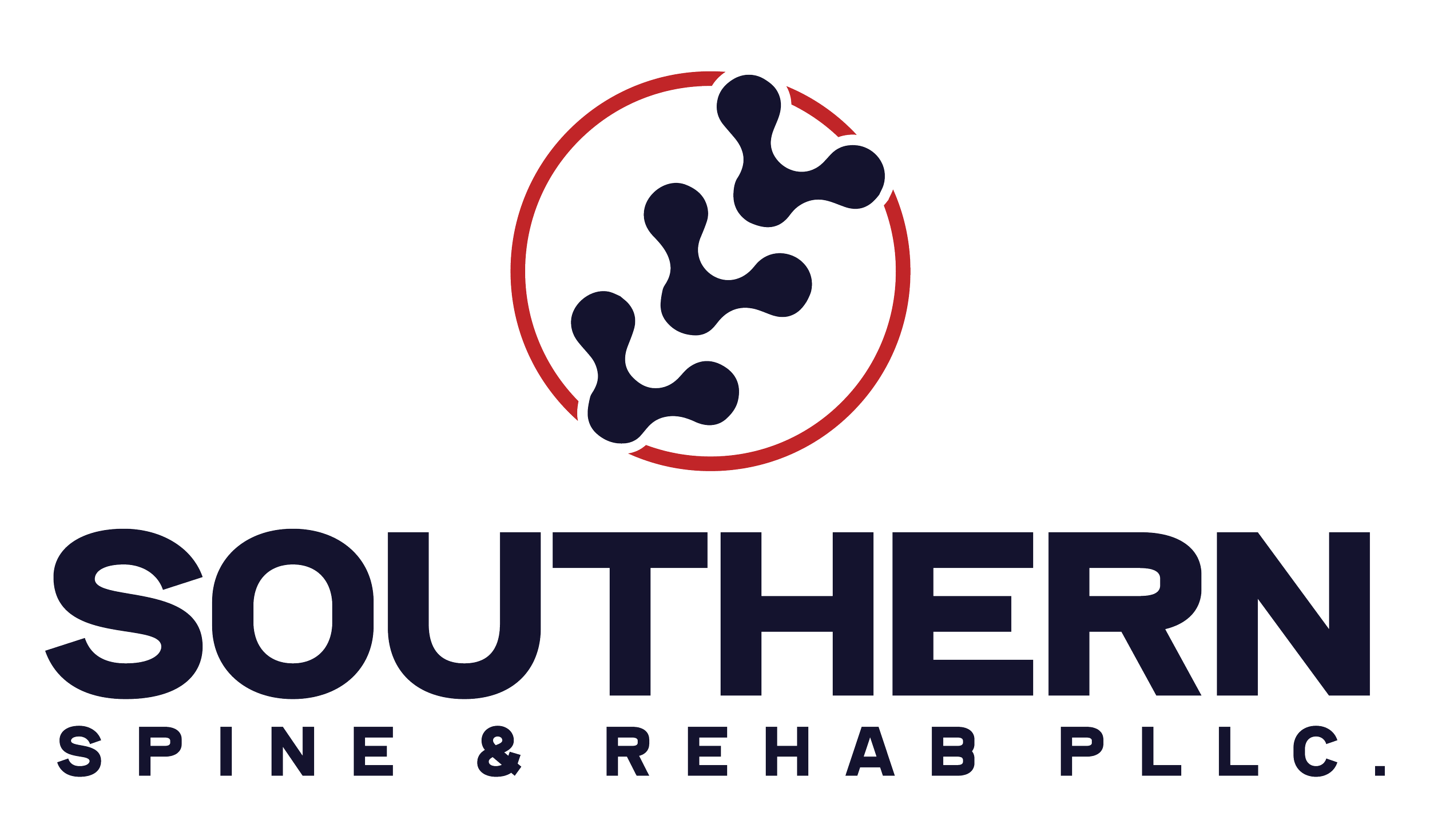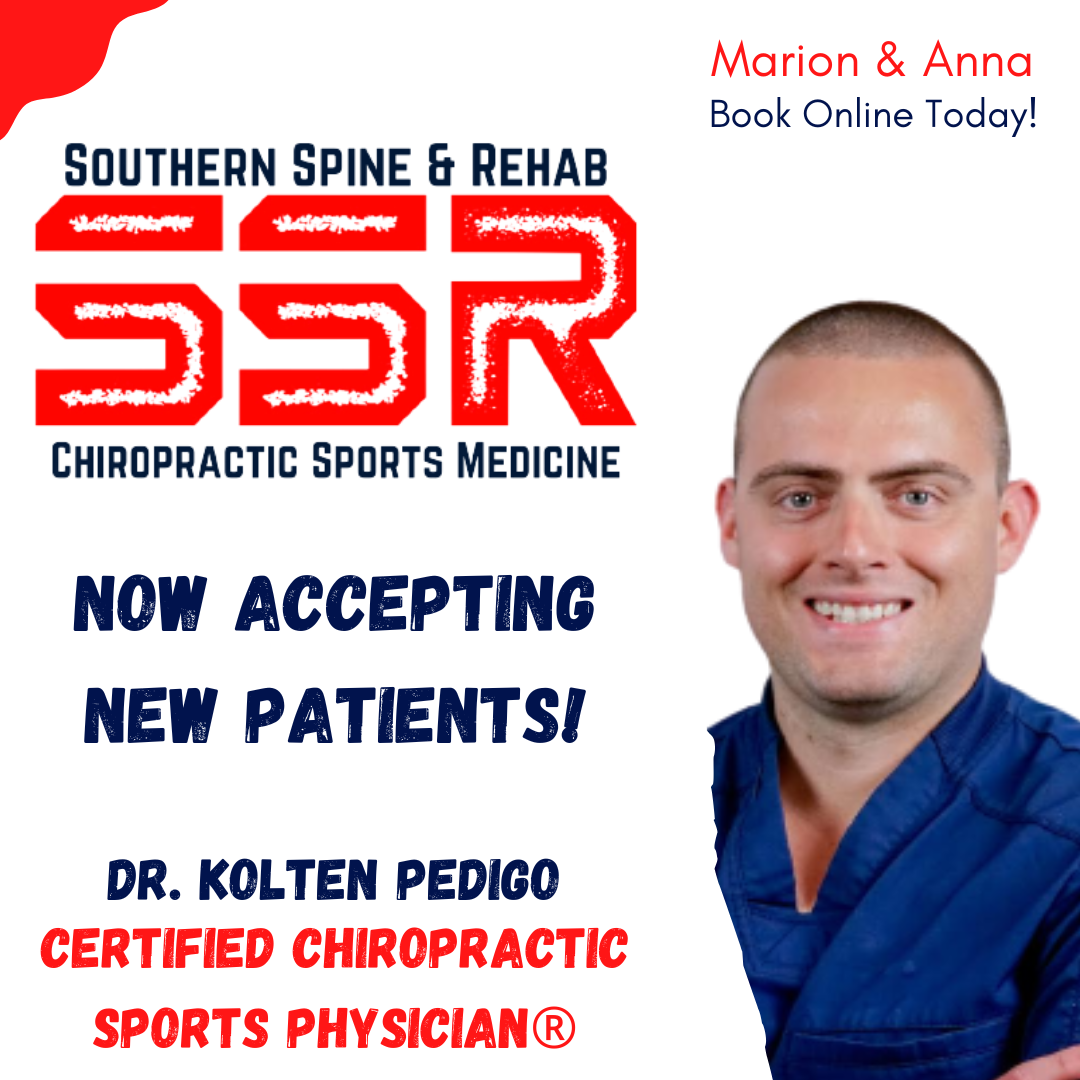What is the Cause of Your Neck Pain?
Why Does My Neck Hurt?
Your neck has a tough job. It has to hold, stabilize, and move the weight of your head every day for a lifetime. Holding up 11 pounds may not seem like a lot, but the seven bones and 20 muscles of your neck need to work together in perfect harmony for you to move your head around and keep that weight balanced. Postural changes, sudden injuries, and arthritis are a few of the primary causes of neck pain. Pain can often be traced to a problem with either the muscles, bones, discs, or nerves in your neck.
Why it Matters:
If you've ever been unable to turn your head for a day or two, you know how debilitating and life-changing neck pain can be. The sharp muscle spasms that restrict your ability to move can happen when your body tries to protect a spinal joint that isn't moving correctly. Almost every bone in your neck has a pair of sliding joints towards the back called facet joints. If an adhesion forms or the joint is stuck, your body will try to compensate or work around the issue for a little while. But, over time, this compensation can cause a cascade of additional challenges.
Sudden injuries, arthritis, and postural issues can all contribute to neck pain
The small sliding joints (facet joints) of your neck can become stuck and cause muscles spasms and pain
Gentle spinal adjustments combined with daily stretching can help restore the motion of your facet joints and reduce pai
Pain in your neck is your body's way of saying "pain attention"! Even if it eases up by the end of the day, it's a smart idea to have us evaluate your motion. Movement assessments are a part of our examination and provide us with an incredible amount of information about your body. By taking a proactive approach to your health today, you may be able to prevent future episodes of neck pain and stiffness in the future.
Stenosis: How a Pinch in Your Neck Can Affect Your Whole Body
Have you been told that you have spinal stenosis? If so, you're not alone. Millions of people suffer from spinal stenosis each day, and it's the number one reason people over 65 years old have spine surgery. Spinal stenosis is the compression, or pinching, of your spinal cord. It can occur due to a disc herniation, bone spur, or ligament overgrowth. But, drugs and surgery are not the only way to find relief.
Why it Matters:
For many people, the most significant challenge associated with spinal stenosis is the decreased ability to get up and move! Severe pinching in your neck can cause issues with your arms and legs. One of the best ways to relieve the symptoms associated with spinal stenosis is to open up the spinal canal and take the pressure off the nerves and spinal cord. Many chiropractic techniques focus on decreasing the pressure on your spinal cord, relieving the symptoms associated with spinal stenosis.
Spinal stenosis is a narrowing of the spaces within your spine, which can put pressure on the nerves that travel through the spine
Spinal stenosis is most commonly caused by degenerative changes in the spine related to osteoarthritis
Relief can often be found by building up your strength while improving the flexibility and stability of your spine with chiropractic care
After chiropractic care, many patients report having a decrease in their symptoms, the ability to walk further without pain and find an improvement in their overall quality of life. If you have been slowed down due to spinal stenosis, do not hesitate to schedule an evaluation with us. We will provide a complete evaluation and guide you towards the best treatment options to find relief.
Is My Arm Pain Coming from My Neck?
Pain in your hand, wrist, or arm can be frustrating. You don't realize how much you use your arms and hands until pain, numbness, or tingling gets in the way. Most of us don't usually think that an issue in our neck may cause our arm pain. But it's very common that arm pain can be traced back to a nerve issue in your neck.
Why it Matters:
Hand, wrist, and arm pain often starts with a neck problem. When a spinal disc in your neck irritates or presses on a nerve, it can result in arm pain. Just like the power lines that bring electricity to your house, your brain and spinal cord split into individual nerve roots that deliver information to every part of your body. The nerves in your neck are specifically focused on providing strength and sensation to your head and arms.
A bulged or herniated disc in your neck can irritate or compress the nerves that travel to your hands, arms, and shoulders
A recent study of people with cervical (neck) disc herniation showed improvement in over 86% of people who received chiropractic adjustments
Improving spinal mobility, decreasing inflammation, and improving your posture may help prevent future episodes of neck and arm pain
A painful arm as a result of a pinched nerve in your neck very rarely requires surgery. Most people can find long-term relief with conservative care, such as chiropractic. Getting rid of the inflammation and giving the disc time to heal are part of a complete plan we use each day to help our patients reduce their symptoms and get their lives back.
Neck Pain: How To Find Relief
An episode of neck pain can quickly hamper your everyday activities. Whether you began experiencing pain due to injury, degenerative spinal changes, or poor posture, it can be difficult to think about anything except the pain when you're struggling. It's estimated that 70% of people experience neck pain in their life, but you should know there is a path towards relief.
Why it Matters:
Neck pain can create everything from headaches to pain in your arms and hands to pain directly on your neck. Different types of pain indicate different issues. The most common reasons for neck pain are strained muscles and stuck spinal joints. Each of these challenges can cause a lot of pain and may have you fearing that you have a more significant issue. But, with a proper examination, our team can pinpoint the cause of your pain and provide a complete plan of care to help you reclaim your life from neck pain.
Facet joints are small spinal joints at the back of your spine which can become fixated or stuck and cause pain
Muscle strains can occur due to poor posture at your desk or sleeping in an awkward position
Motion heals: relief typically begins by reducing the inflammation and improving your range of motion
A small adjustment can make big changes in your quality of life. Our practice is focused on helping you feel (and function) better by improving your spinal motion and then providing you with the stretches and exercises you can do at home to continue your improvement. If neck pain has got in the way of you enjoying your life- give us a call. Our team is here to help.
Resources:
Intervertebral Kinematics of the Cervical Spine Before, During, and After High-Velocity Low Amplitude Manipulation.The Spine Journal. 2018
Spinal Stenosis. The Mayo Clinic. 2020
Symptomatic, Magnetic Resonance Imaging-Confirmed Cervical Disk Herniation Patients: A Comparative-Effectiveness Prospective Observational Study of 2 Age- and Sex-Matched Cohorts Treated With Either Imaging-Guided Indirect Cervical Nerve Root Injections or Spinal Manipulative Therapy. JMPT 2016
Spinal manipulation, medication, or home exercise with advice for acute and subacute neck pain: a randomized trial. Annals of Internal Medicine. 2012





